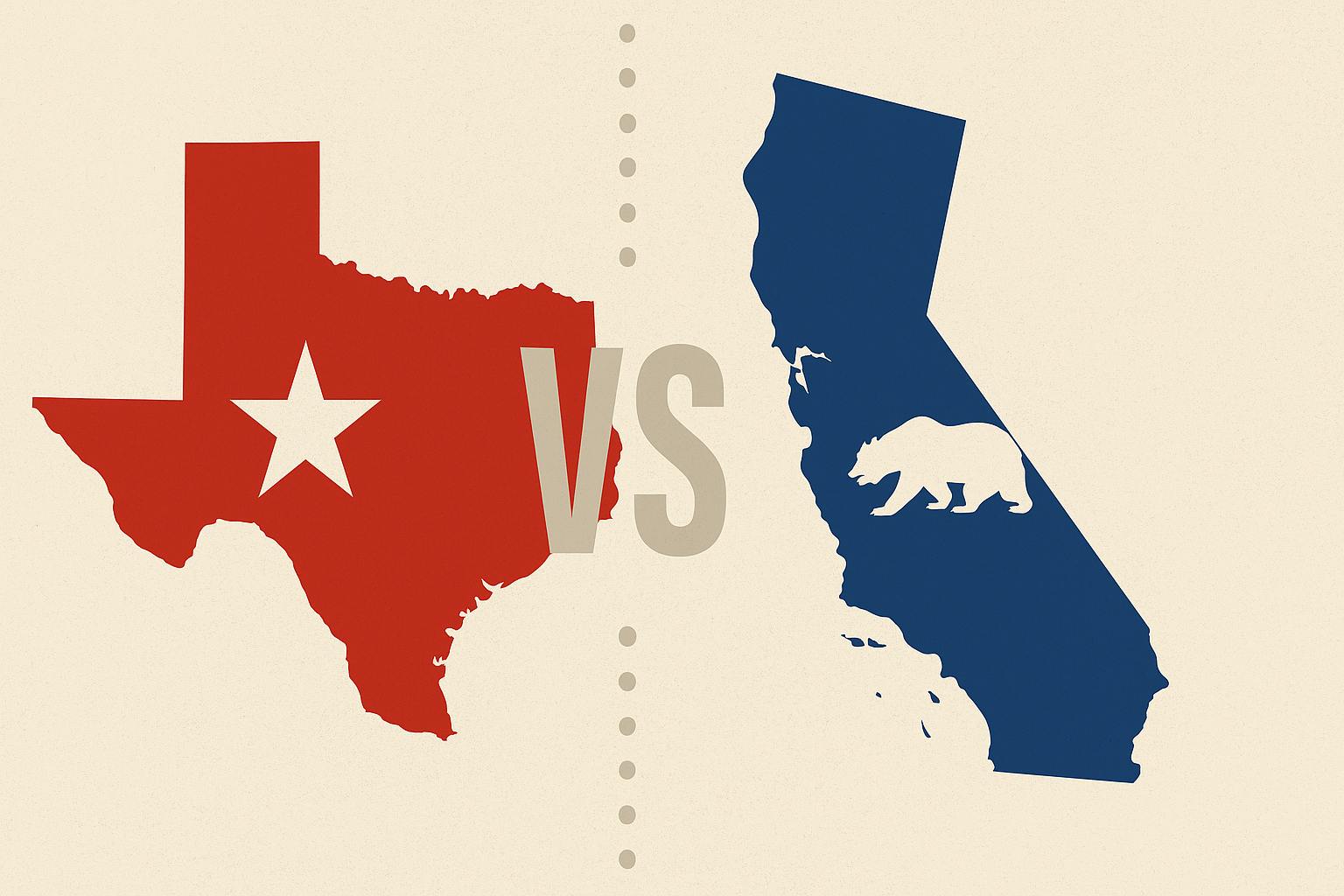Texas is redrawing its congressional map mid-decade, not out of opportunism, but as a clear response to political imbalance imposed by blue states. This move is about fairness for conservative voters, not partisan overreach.
On August 21, 2025, Texas Republicans passed a new redistricting plan aimed at transforming five Democratic held U.S. House seats into Republican ones for the 2026 midterms. The measure passed along party lines, a strong and decisive step to restore balance in a state where conservative values have long been underrepresented. The Texas Senate followed suit shortly after, sending the plan to Governor Greg Abbott’s desk for his signature.
Critics cry gerrymandering and accuse Republicans of diluting minority votes. While the debate continues, the Supreme Court’s 2019 ruling in Rucho v. Common Cause makes clear that federal courts will not block maps purely for partisan reasons. That authority lies with state legislatures.
But let us stop and ask: Is it wrong for conservative states to demand fair representation, too? In California, Democrats have launched their own mid-decade redraw to flip five GOP seats, presenting the same logic Texas is now using. These maneuvers underscore a rising tension. Blue states have long wielded map-making power. Now, red states are simply asserting the same right, and Democrats can’t stand it.
Nowhere is the imbalance clearer than in New England. Entire states with substantial Republican voting blocs have zero Republican members of Congress.
Here are a few examples:
- Massachusetts: In the 2024 presidential election, Kamala Harris won 61.2 percent to Donald Trump’s 36 percent. Despite more than one-third of voters backing the Republican ticket, the state sends zero Republicans to the House of Representatives.
- Rhode Island: Harris carried the state with 55.5 percent to Trump’s 41.8 percent. More than four in ten voters supported the Republican candidate, yet both congressional seats are held by Democrats.
- Connecticut: Republicans generally earn close to 40 percent of the vote in presidential contests, but the state’s entire congressional delegation is Democratic.
- Vermont: Trump received roughly 34 percent of the vote in 2024, but Vermont’s single House seat remains firmly in Democratic hands.
- Maine: Trump won nearly 44 percent of the statewide vote in 2024 and even carried one of its electoral districts in past elections, yet only Democrats represent Maine in the House.
These numbers show that millions of Republican voters in New England are effectively locked out of congressional representation. The Democratic Party controls every seat in these states, not because the electorate is universally liberal, but because the maps and political machinery shut out the conservative minority.
By comparison, Texas’s new map reflects the will of a state that consistently elects a Republican legislature, a Republican governor, and has supported Donald Trump in two consecutive presidential elections. If Democrats in Massachusetts or Connecticut are comfortable with one party holding all the seats while millions of Republicans go unheard, they cannot in good faith accuse Texas of unfairness for securing stronger representation for its own voters.
Here is the core of the matter. Texas is not claiming special privilege. Republicans in the state are asserting consistency. If blue states claim the right to draw maps to preserve their majority, red states can and should do the same to protect conservative voters. This is not about cheating. It is about keeping democracy honest.
At stake is the principle that every vote should carry weight. Whether in California, Massachusetts, or Texas, voters deserve representation. They do not deserve rigged districts that guarantee only one outcome. Mid-decade redistricting, while controversial, is simply a tool states use to reflect new realities. When applied evenly, it promotes fairness and balanced competition rather than locked-in power.
Texas has made its move. Red states are pushing back against long-standing blue state dominance. The goal is not to tilt the scales but to level them. For voters across the country, that is a development worth watching.
